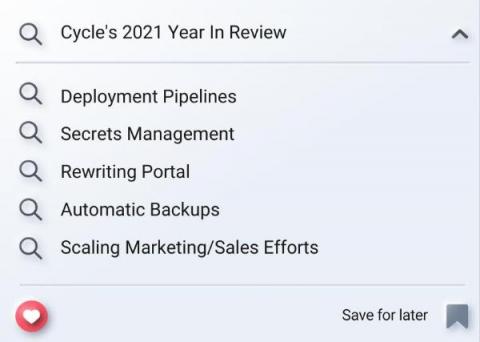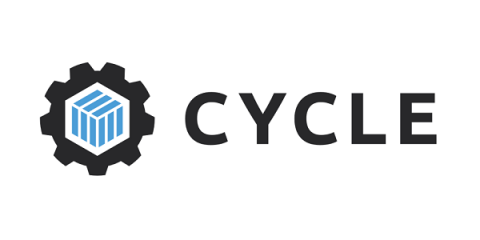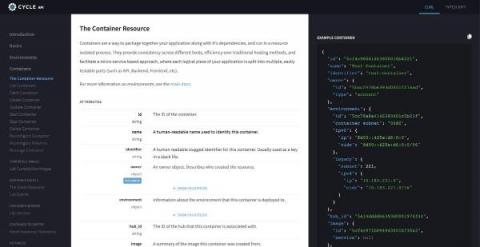2021 Year In Review
Most days at Cycle, we go through the day-to-day grind; checking tasks off our endless to-do list, looking forward, and striving towards our goals. We are focused on the small steps throughout each day: head down, working hard, placing one foot in front of the other. But every once in a while, it is necessary to pause, lift our head up, and look back at how far we have come. So, what have we been up to in 2021? We are always listening to user feedback and continuously seeking to improve our platform.




